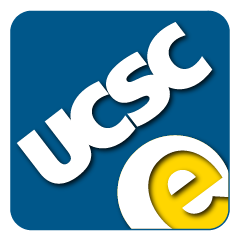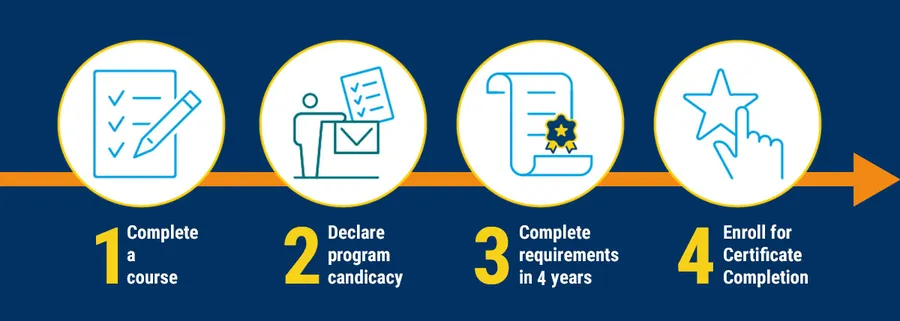
Medical Device Quality and Design
From discovery to market
CONTACT US
certificate Description
From tongue depressors to Fitbits
Digital health, smart wearable devices, medical device software and in-vitro diagnostics are just a few of the latest strides in the highly regulated healthcare industry.
In the Medical Device Quality and Design certificate program students focus on technological and regulatory advancements in the field. They learn the fundamentals and underlying concepts of regulatory compliance, as well as global harmonization quality compliance initiatives.
You'll study the front end of medical device design and development used to verify that design inputs meet design outputs, including:
- User needs,
- Risk management,
- Human factors, and
- Methodologies.
What you will learn
- Interpret and develop documentation that complies with:
- U.S. FDA quality system requirements (21 CFR 820)
- European Medical Device Regulations (EU MDRS / IVDRS), ISO 13485
- Risk management (ISO 14971)
- Write a risk management plan and risk management report
- Apply risk management principles to develop verification and validation plans for software and manufacturing processes
- Develop a human factors usability plan
- Interpret FDA guidelines and regulations and develop quality test plans for digital health and medical device software
- Explain and apply risk management principles defined in ISO 14971 throughout the design and development lifecycle, such as product risk, software risk, and cybersecurity risk
Prepare for certification. Earn credit toward recertification.
UCSC Silicon Valley Professional Education is a Regulatory Affairs Professional Society (RAPS) RAC Recertification Approved Provider.
Please see the Professional Development section below to see courses in this program that meet the RAC recertification requirements to maintain the credential.
Program Overview
Estimated Cost: $4,875–$5,605 + est. course materials: $500 (You pay only for courses you enroll in.) | International Tuition Cost
Program Requirements: 6–8 courses (14 quarter units)
Minimum Hours of Instruction: Minimum 140 hours of instruction.
Estimated Duration: A full-time student can complete the certificate in 9–12 months.
Modality: This is a fully online program with live-online & self-paced course formats.
Special Programs: This program is not approved for workforce or international students.
Courses
1. Core Course(s): Medical Device Quality & Design - 14 Units
2. Completion Review:
Meet Our Instructors
Certificate Inquiry Form
Professional Development
Prepare for certification. Earn credit toward recertification.
UCSC Silicon Valley Professional Education is a Regulatory Affairs Professional Society (RAPS) RAC Recertification Approved Provider.
The four courses below meet the RAC recertification requirements to maintain the credential.
- Design Control for Medical Devices (Approved for 15 RAC recertification credits)
- Quality Management Systems for Medical Devices: ISO 13485 and FDA Requirements (Approved for 15 RAC recertification credits)
- Mobile Health, SaMD, and AI/ML Devices (Approved for 9.25 RAC recertification credits)
- Validating Software for Medical Devices and Emerging Technologies
Approved for 15 RAC recertification credits
Visit the RAC website for more information.
Recommended Course Sequence
Please follow this sequence.
Students new to the industry should begin with Quality Systems for Medical Devices FDA QSR and ISO 13485. For those with experience in this field, courses can be taken in any order provided the prerequisites are met.
Requisite Knowledge
Please review the course descriptions to ensure that you have taken necessary prerequisites or meet the requirements through job experience or previous education.
Statistics knowledge: You will need an understanding of statistics for this program. UCSC Extension offers Statistics.
Advisory Board

Certificate Program Chair
KIRAN GULATI, RAB-LA, M.B.A., is a management consultant with more than 25 years of experience in quality systems and process improvement for the medical device and biotech sectors.
Learn more.
Certificate Program Advisory Committee
MEREDITH BROWN-TUTTLE, BA, RAC, FRAPS
Regulatory Affairs Consultant
Regulatorium
Author, Instructor
NANCY E. ISAAC, JD, MPH
Regulatory Counsel and VP Quality
Moximed, Inc.
NIRANJAN MAHARAJH, MS, BS
Director, R&D
Carl Zeiss Meditec, Inc.
JENNIFER MASCIOLI-TUDOR, MBA, BS
Vice President, Quality Assurance & Regulatory Affairs
Outset Medical, Inc.
Establish Candidacy
Grade Requirements
Please note that only letter grades of C or higher may be applied to a certificate, and in some programs, students may have more stringent requirements. Students in most employer- and government-sponsored payment programs, such as workforce development, as well as international students on F-1 visas, need to maintain a B average to meet their requirements.
See Grading and Credits Policy for further information.











